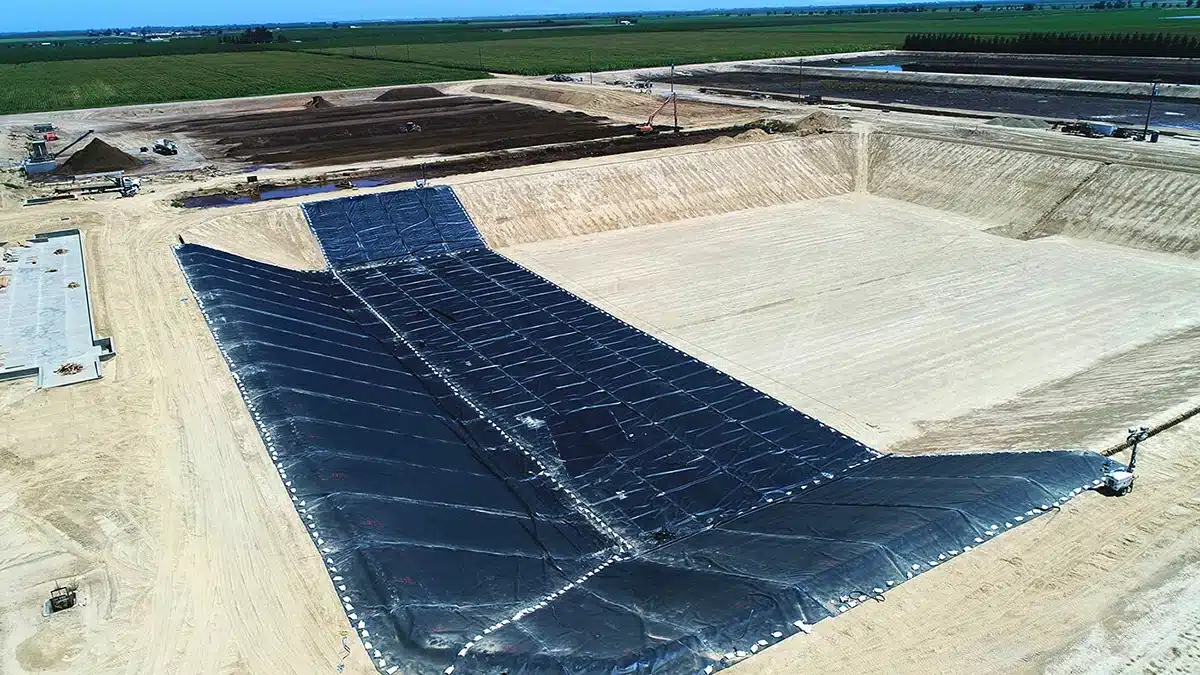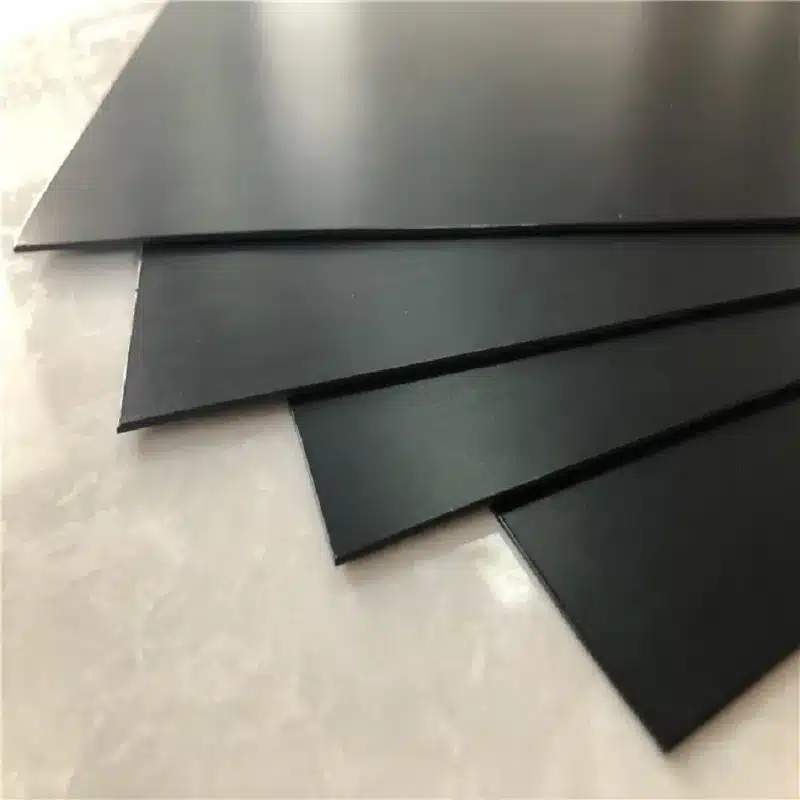+86-159 9860 6917
info@geofantex.com
geofantex@gmail.com
+86-400-8266163-44899
Geomembranes are indispensable in various engineering and environmental applications, providing essential barrier functions to protect against leaks, seepage, and contamination. In this article, we will delve into the primary functions of geomembranes, their key properties, and factors to consider when selecting a geomembrane material and explore additional insights into their applications.

What are the primary functions of geomembranes?
Geomembranes serve various functions in civil engineering, environmental protection, and other industries. Some primary functions include:
- Containment: They are used to contain liquids, gases, or solids to prevent their migration into the surrounding environment. This containment helps in waste management, preventing pollution of soil and water.
- Barrier: Geomembranes act as a barrier to prevent the penetration or movement of substances like chemicals, contaminants, or water, safeguarding structures, landfills, and water bodies from potential damage.
- Waterproofing: They are applied in construction projects, such as lining reservoirs, ponds, canals, and tunnels, to prevent water seepage or leakage, ensuring structural integrity and stability.
- Erosion Control: Geomembranes help in preventing soil erosion by acting as a protective layer, especially in areas prone to erosion due to water flow or weather conditions.
- Environmental Protection: They play a crucial role in environmental remediation, ensuring containment and preventing the spread of pollutants, hazardous materials, or contaminants that could harm ecosystems and human health.
- Gas Barrier: In certain applications, such as landfills or contaminated sites, geomembranes act as a barrier against the migration of gases like methane or radon, mitigating environmental and health risks.
- Reinforcement: Geomembranes can be used in combination with other materials to reinforce soil or structures, enhancing their strength and stability.
What are the key properties of geomembranes?
Geomembranes are thin, synthetic sheets used primarily in containment applications where a barrier is needed to prevent the passage of liquids or gases. Some key properties include:
- Impermeability: Geomembranes are highly impermeable to prevent the passage of liquids and gases. They act as a barrier to contain substances such as water, chemicals, or waste.
- Chemical Resistance: They exhibit resistance to a wide range of chemicals, protecting against corrosion or degradation caused by exposure to various substances.
- Durability: Good geomembranes are designed to withstand environmental factors, including UV radiation, temperature fluctuations, and physical stress, ensuring long-term performance.
- Flexibility: They are flexible and can conform to the shape of the underlying surface, making them versatile for various applications.
- Tear and Puncture Resistance: Strong geomembranes can withstand punctures or tears, maintaining their integrity and preventing leaks or breaches.
- UV Resistance: UV-stabilized geomembranes are capable of withstanding prolonged exposure to sunlight without significant degradation.
- Ease of Installation: They can be easily installed and joined together using different techniques like heat sealing, welding, or adhesives.
- Environmental Compatibility: Some geomembranes are designed to be environmentally friendly and can be recycled or reused after their service life.

What factors should be considered when selecting a geomembrane material?
When selecting geomembrane material, consider factors like chemical compatibility, thickness, UV exposure, temperature extremes, durability, flexibility, tensile strength, seaming and weldability, permeability, environmental compliance, cost, installation conditions, local climate, and project timeline.
How are geomembranes contributing to sustainable environmental practices?
Geomembranes contribute to sustainability by containing hazardous materials, rehabilitating contaminated sites, protecting soil and water, controlling erosion, reducing greenhouse gas emissions, enabling efficient water management, promoting sustainable land use, safeguarding ecosystems, and minimizing the ecological footprint of industrial activities.
In conclusion, geomembranes are versatile materials with critical functions and essential properties that make them indispensable in engineering and environmental applications. Properly selecting the right geomembrane material and understanding its functions and properties are crucial steps in ensuring the success and sustainability of various projects.



Get Free Sample
We’ll respond as soon as possible(within 12 hours)






















